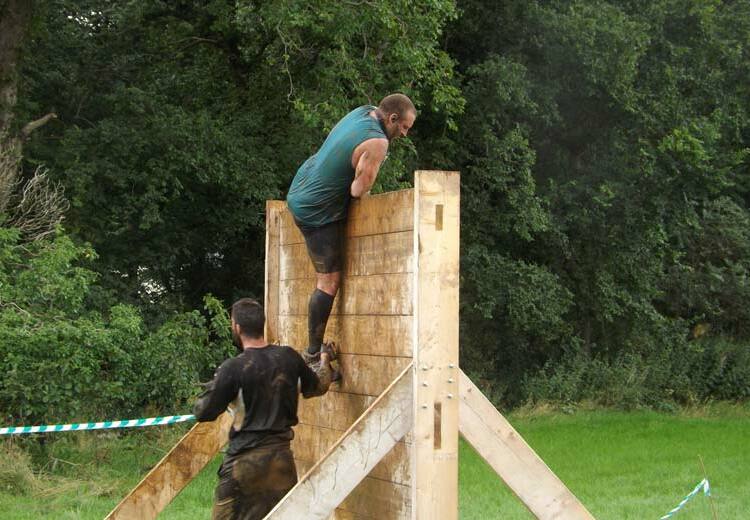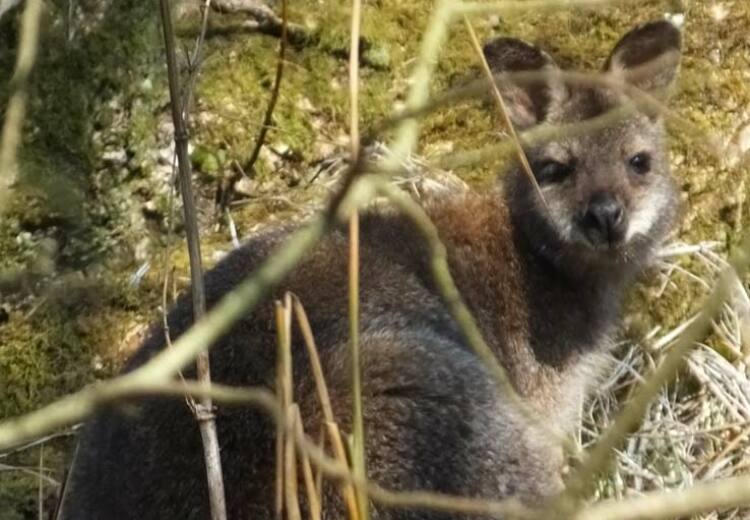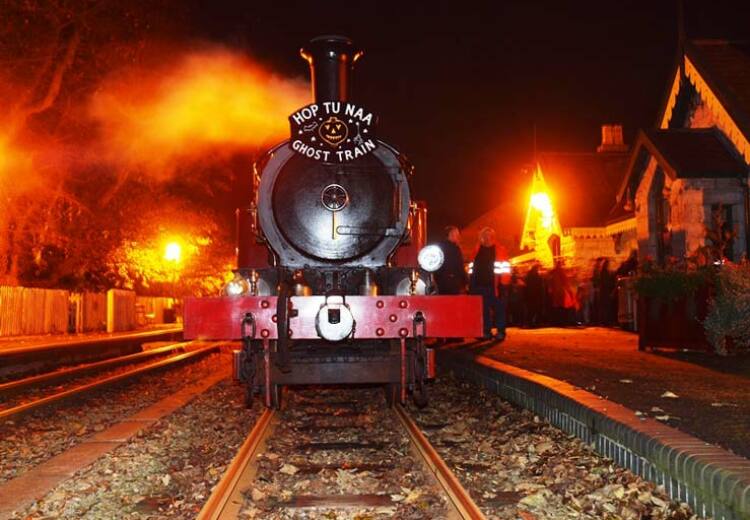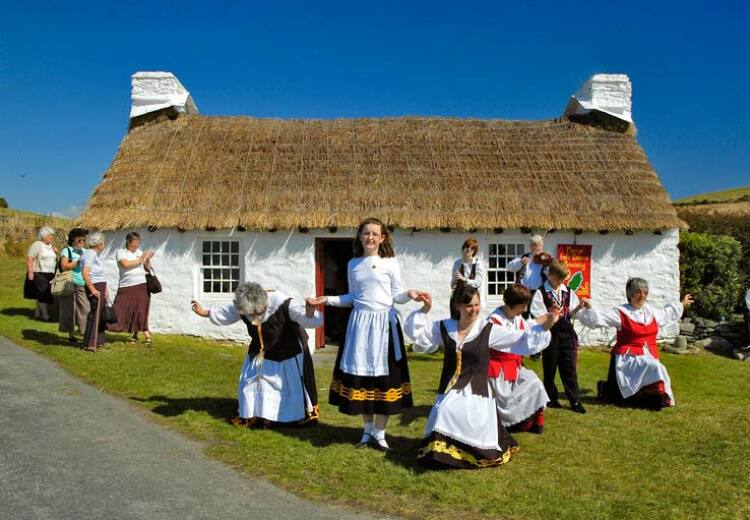THREE grey seal pups that were rescued by the MSPCA suffering from exhaustion were released back into the wild in March.
Kookaburra, Cormorant and Foillan were rescued by the animal welfare charity in October and November in 2010 in the south of the Island.
Cormorant, a male seal pup, was found sheltering in the car park at Scarlett suffering from exhaustion and abrasions to his body. He had climbed out of the rough seas and was spotted by a dog walker.
Grey seals are born on land between September and December. They will remain on the beach or on rocks and suckle their mother until they are three to four weeks old. Once they are weaned they should weigh around 45kg which is when they should be able to fend for themselves.
If a seal is spotted seal manager Jenny Corran, who has been working with seals for the last 10 years, will go to the seal and assess if it needs to be taken into MSPCA care.
She continued: "If they are under 20kg they come in. If they are over 20kg we observe them but if we see that they have cuts or marks on them then we will fetch them in. It's not always easy and we go out in pairs for safety. Although seals are found underweight or ill they've still got a very sharp set of teeth."
Rescued seals are taken to a purpose built seal enclosure at the MSPCA headquarters in Foxdale. They are given a full health check by a vet before being transferred into dry seal pens. A special heat lamp is placed over the seals to help fight off any infection or injury.
Each seal automatically goes onto a 10 day course of antibiotics and is tube fed a fish soup four times a day to help it gain weight.
Jenny continued: "The soup is made up of fillets of herring which are liquidised with a touch of salmon oil and vitamin pills. It's warmed up to the temperature of baby food. The big ones are quite easy to do but the little ones are awful because they slide through your legs.
"When their weight has improved to 16 kilos we start feeding them whole fish. You have to teach them how to swallow them whole because when they go back to sea they have to learn. As long as we've got them basically eating the fish they will survive. They have to learn that the fish won't just lie there – it will swim away."
Once the seals have gained enough weight they are re-introduced to water in the seal pool. Seaweed is added to the water but toys and balls are not.
Jenny explained: "It's basically acclimatising them to the weather and getting their strength up. We don't put balls in with them because of the lobster pot balls in the sea. They'll go and play with them and the fishermen don’t like that. There are a couple of seals who have gone down after the lobster pots and come back up with the wire around their neck."
Once the seals have reached a target weight of 40kg, and improved their muscle tone by swimming, they are microchipped and are ready to be released back into the wild.
Kookaburra, Cormorant and Foillan were released at Pooil Vaaish. Jenny admitted this is the hardest part of her job.
She said: "I find it very emotional. They are ready to go - it's just waiting for the right time now. I look for the spring tides and I try to do it so that they go out on a nice day, and so they’ve got a couple of good days afterwards, so they learn to acclimatise.
"I just pray I don't see them again. Last year's seals have never been seen since the day they went into the water. That's a very good thing. A healthy seal is one that's seen but never touched."
This story is part of isleofman.com's Review of the Year 2011.








